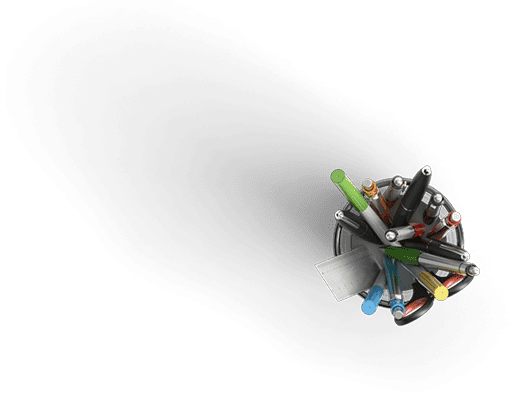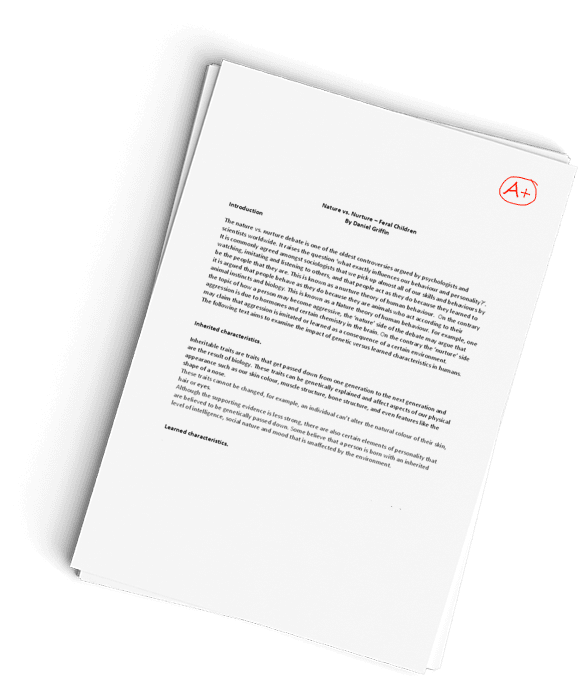Need a scholarly response to this answer on Malware
Question Description
I’m working on a Computer Science writing question and need an explanation to help me study.
Malware is a software that is designed intentionally to damage the server or network of a computer. Currently, there are a wide variety of malware types that may cause harm to a computer. The chief among them is the Trojan horse. The trojan horse is a popular malware that is used to trick or fool a user into downloading software or file that is frommalicious mail (Zakaria, W. Z et al., 2017). Once downloaded, a cybercriminal may carry out an attack in an attempt to gain access to the system and retrieve their victims’ credentials.
Initially, the cybercriminal may try to manipulate the user by sending a phishing email. The user will receive the email and consider it authentic as long it is from a renowned website. But unknowingly, for the user, it is a malicious mail that is spoofing like an authentic mail. Such a mail usually contains downloadable links to a particular file or software. Thus, when the users choose to download a particular malware, it intrudes into their device (Paul & Kumar,2017). Consequently, the malware application may grow into the devices and act as a breach or intrusion area for the cyber-criminal. Therefore, once the cybercriminal has gained complete access to the device, they may manipulate the data or access the user’s credit card details.
The trojan horse can easily be detected and avoided if the users are regularly educated about the threats caused by this type of malware. For instance, files should not be downloaded from websites or emails that are less trusted. In case one receives an unknown mail, they should not download or open the links. The mail should be verified, and counter checked before clicking the link. Lastly, all the software on a computer as well as the operating system should be regularly updated. The update should be carried out using the latest security patch to protect the device from any malware threat or attack (Paul & Kumar, 2017).
References
Zakaria, W. Z. A., Abdollah, M. F., Mohd, O., & Ariffin, A. F. M. (2017, December). The rise of ransomware. In Proceedings of the 2017 International Conference on Software and e-Business (pp. 66-70).
Paul, T. G., & Kumar, T. G. (2017). A framework for dynamic malware analysis based on behavior artifacts. In Proceedings of the 5th International Conference on Frontiers in Intelligent Computing: Theory and Applications (pp. 551-559). Springer, Singapore.
Have a similar assignment? "Place an order for your assignment and have exceptional work written by our team of experts, guaranteeing you A results."








